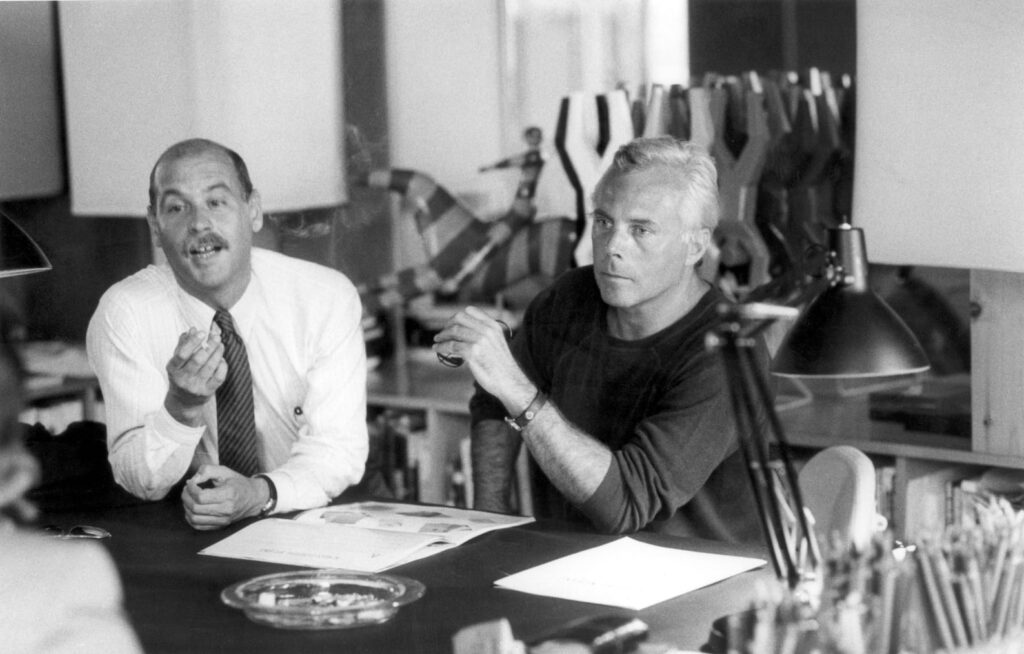
On July 24, 1975, Giorgio Armani quietly founded what would become one of the most influential fashion houses in the world. From a modest Milan launch, the Armani brand redefined modern luxury with its signature blend of Italian craftsmanship and minimalistic sophistication. Now, 50 years on, the label is marking its golden jubilee with a series of celebratory events that honour its heritage while signalling its next evolution.
Legacy Meets Technology: Launch of Armani/Archivio
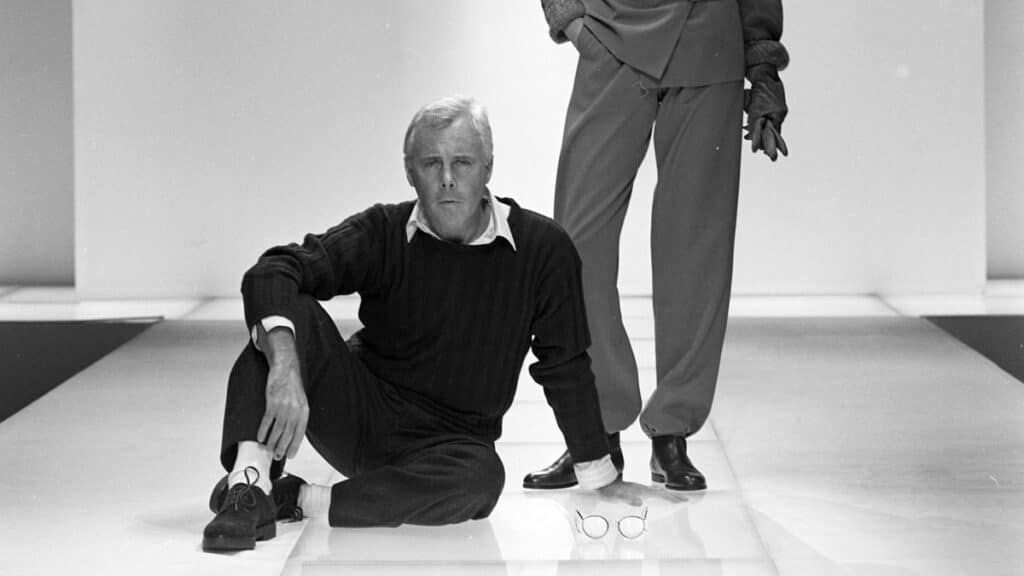
The anniversary celebrations begin on August 30, during the Venice Film Festival, where Armani will unveil «Armani/Archivio», a digital archive chronicling the brand’s journey through five decades. This meticulously curated online platform will showcase archival runway footage, advertising campaigns, red carpet moments and rare behind-the-scenes glimpses. A physical archive space is also set to open near Milan, offering fashion historians and enthusiasts an enduring centre for study and inspiration.
A Fusion of Art and Fashion in Milan
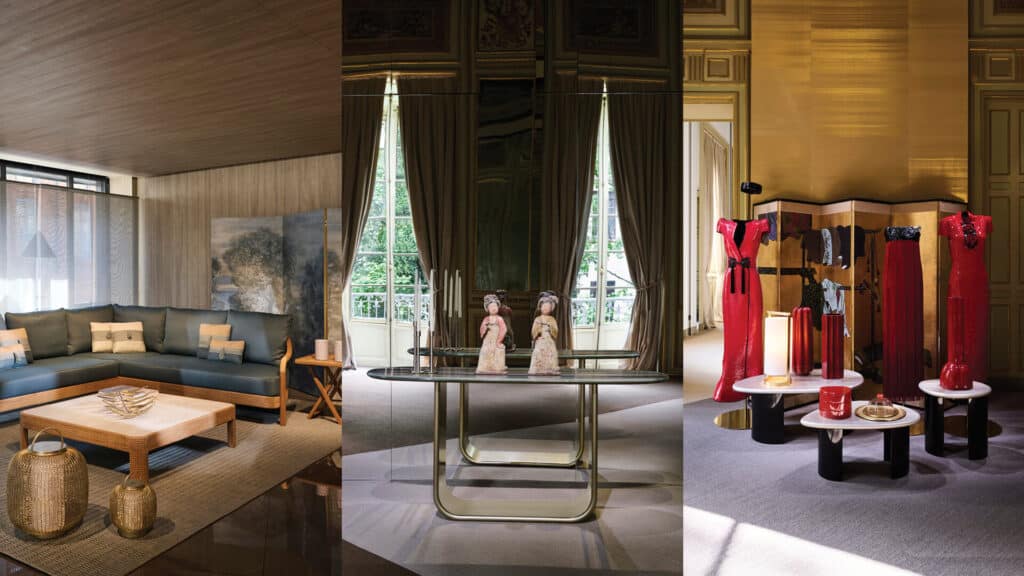
On 24 September, the spotlight turns to Milan’s revered Pinacoteca di Brera for a groundbreaking fashion exhibition titled «Armani/Casa Brera». The show, Armani’s first of its kind, will feature 150 archival designs displayed in dialogue with masterpieces from the museum’s permanent collection. The juxtaposition of fashion and fine art offers an intimate look at Armani’s lifelong devotion to proportion, structure and timeless beauty — qualities that define his design philosophy.
A Grand Finale at Milan Fashion Week
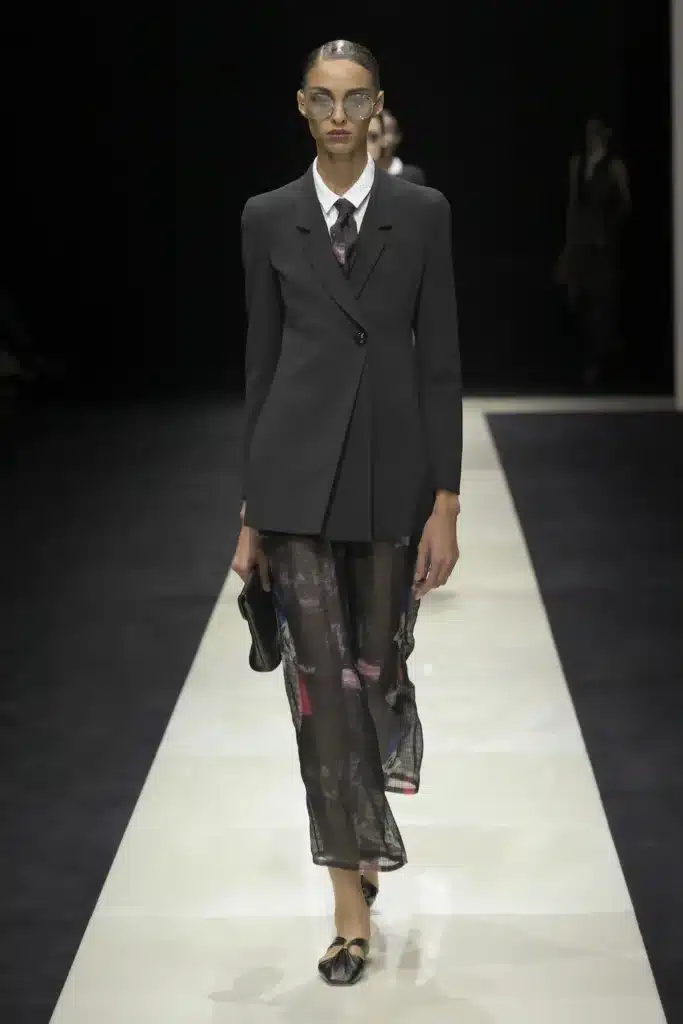
The commemorations will culminate on 28 September when Armani closes Milan Fashion Week with his Spring/Summer 2026 womenswear show, held in the Courtyard of Honour at Palazzo Brera. Selected menswear pieces from the brand’s earlier June presentation will also appear, creating a seamless narrative that connects the brand’s past, present and future.
A Career Built on Precision and Restraint
Armani’s journey began relatively late by industry standards. Before founding his label at age 41, he gained crucial experience working at Milan’s La Rinascente department store and for designer Nino Cerruti. His first collection featured softly tailored men’s suits made from luxury fabrics, a subtle yet revolutionary departure from the rigid tailoring of the era. The success was immediate, prompting an expansion into womenswear.
By the 1980s, Armani’s influence had crossed the Atlantic. His designs featured prominently in the film «American Gigolo», worn by Richard Gere, and soon became synonymous with Hollywood glamour and corporate power dressing. The sleek, gender-neutral silhouettes he pioneered became cultural touchstones—equally appealing to boardroom executives and film stars.
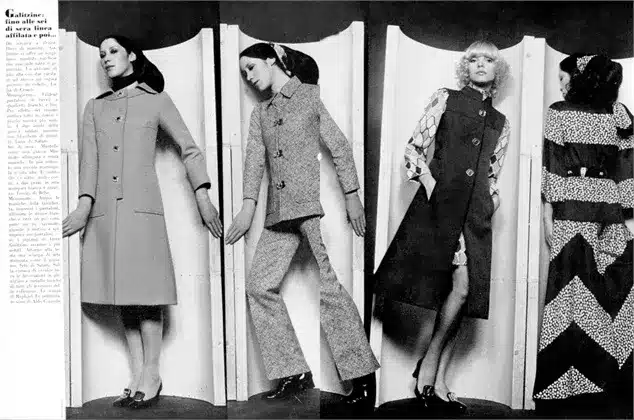
1970s: The Genesis of Elegance
- Launch of Giorgio Armani S.p.A. in 1975, with menswear arriving swiftly followed by womenswear in 1976.
- Early acclaim for the unstructured jacket and the power suit.
- Recognition reached global ears when Diane Keaton wore Armani to accept her Oscar for Annie Hall in 1978.
1980s: Hollywood A‑List and Global Expansion
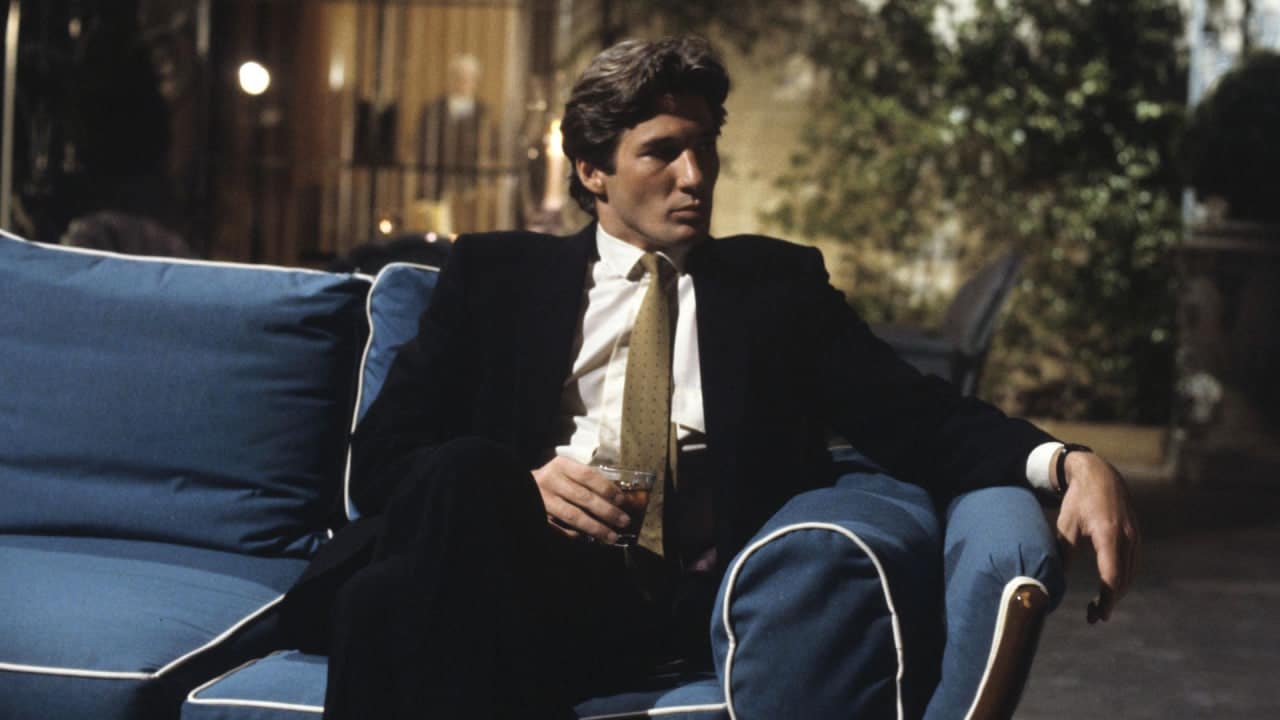
- Armani dressed Richard Gere in American Gigolo (1980), cementing his red carpet status.
- Launch of diffusion lines Emporio Armani, Armani Jeans and Armani Junior in 1981, expanding appeal to younger customers.
- Armani featured on the Time magazine cover in 1982, only the second designer ever after Christian Dior.
- First fragrance L’Eau Armani debuted in 1984. Armani received the Geoffrey Beene Award in 1987, and designed film costumes for The Untouchables and the Italian Air Force uniform.
Refining a Philosophy of Elegance
Throughout the years, Armani has remained devoted to the principle that «elegance is not about being noticed, it is about being remembered.» For him, fashion has always been about restraint and consistency rather than seasonal spectacle. His belief in «subtraction», removing the unnecessary to reveal the essence, has shaped not only his design style but also his approach to life.
His niece, Roberta Armani, who now heads the company’s entertainment industry relations, describes this commitment as a defining trait. «Simplicity for him is not just a visual idea; it’s a way of being,» she explains.
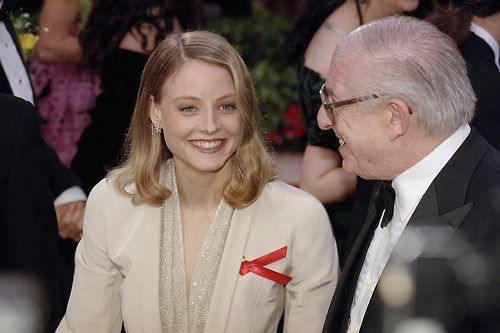
1990s: Retail Boom and Brand Diversification
- By the late 1990s Armani operated over 2,000 boutiques worldwide, generating annual sales approaching $2 billion.
- Launch of Armani Exchange in the US in 1991, later expanded internationally, increasing accessibility to urban fashion markets.
- The company progressively acquired stakes in textile and manufacturing suppliers to secure quality control and brand integrity.
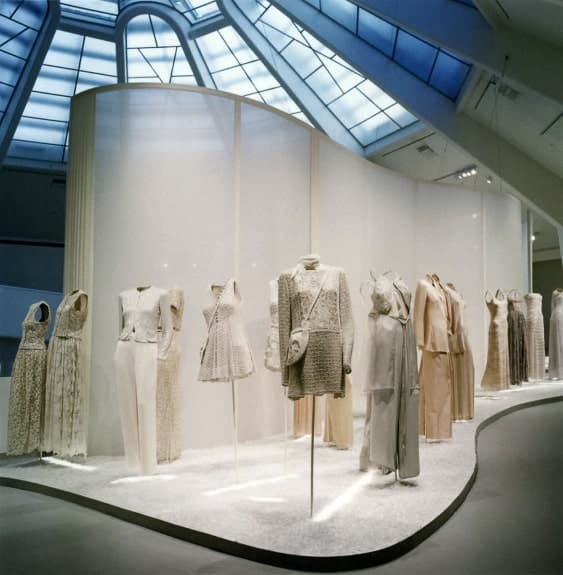
2000s: Lifestyle Brand and Haute Couture
- In 2000 Armani launched home furnishings (Armani Casa) and cosmetics, opened the mega-flagship via Manzoni store in Milan, and celebrated the brand’s 25th anniversary at New York’s Guggenheim.
- In 2005 the couture division Armani Privé was unveiled.
- In 2006 a partnership with Emaar Properties led to Armani Hotels, with the first opening in Burj Khalifa (Dubai) in 2010, followed by Armani Hotel Milan in 2011.
Expanding the Empire Without Losing the Soul
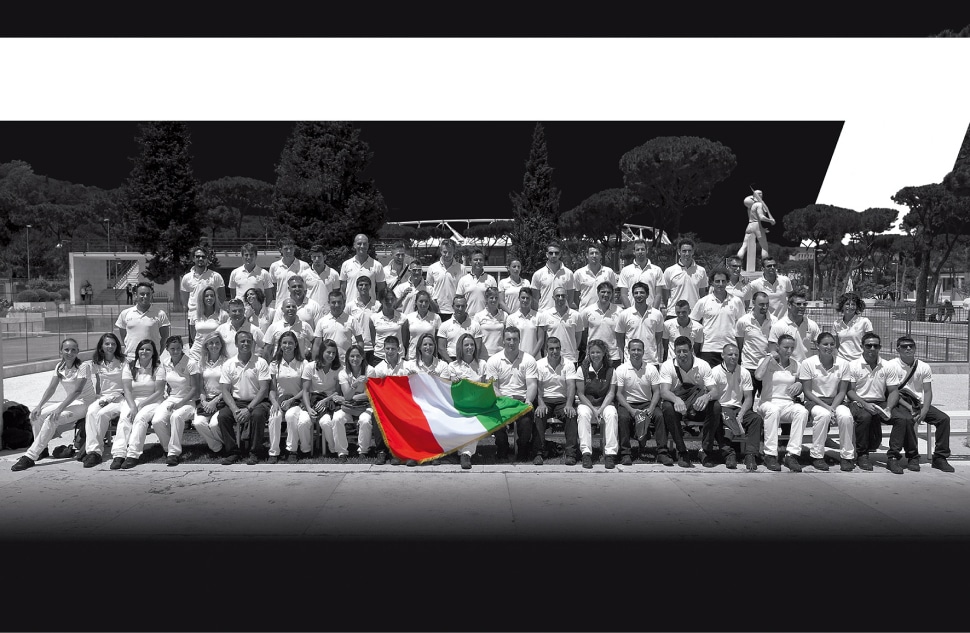
Over five decades, Armani has grown his fashion empire to include multiple lines, Giorgio Armani, Emporio Armani and Armani Privé, as well as homeware, hotels and even chocolates. He continues to lead as both creative director and CEO, insisting that work, daily exercise and a balanced lifestyle are key to his longevity. Though he once hinted at retirement, he remains at the helm, asserting that «what comes next is always more interesting» than what’s already been done.
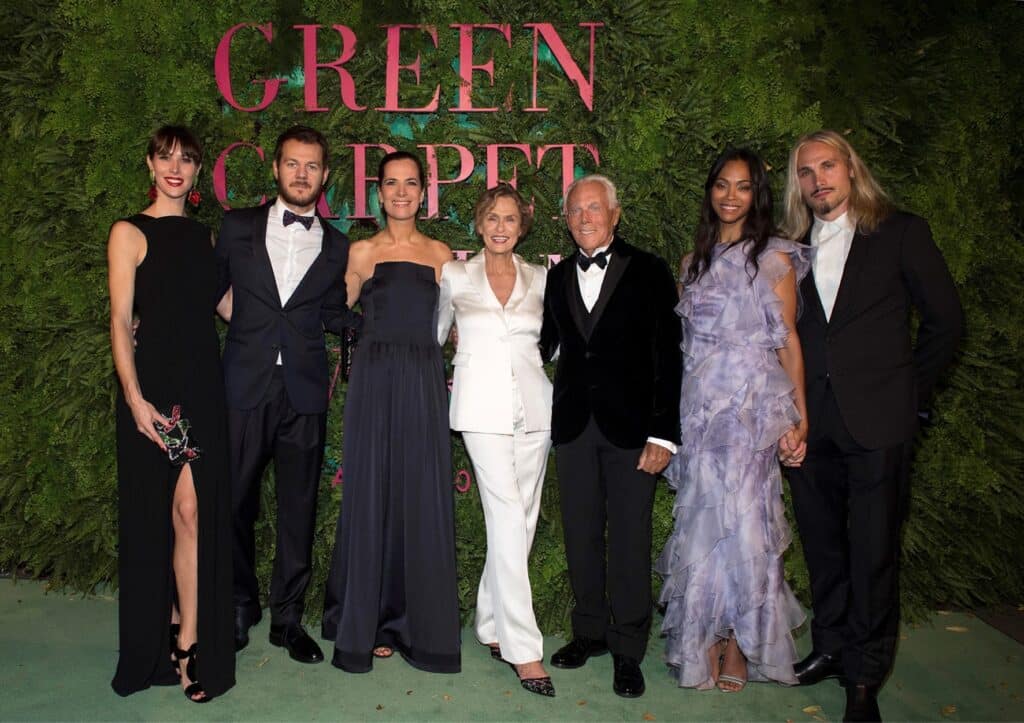
2010s: Global Recognition And Cultural Influence
- Armani remained a red carpet staple, dressing numerous Oscar winners throughout the decade; nearly a third of Best Actor winners wore Armani at the ceremony.
- In 2015 Armani inaugurates Armani/Silos, a dedicated Milan exhibition venue celebrating 40 years of design.
- The brand’s value rose to around $3.1 billion by 2017.
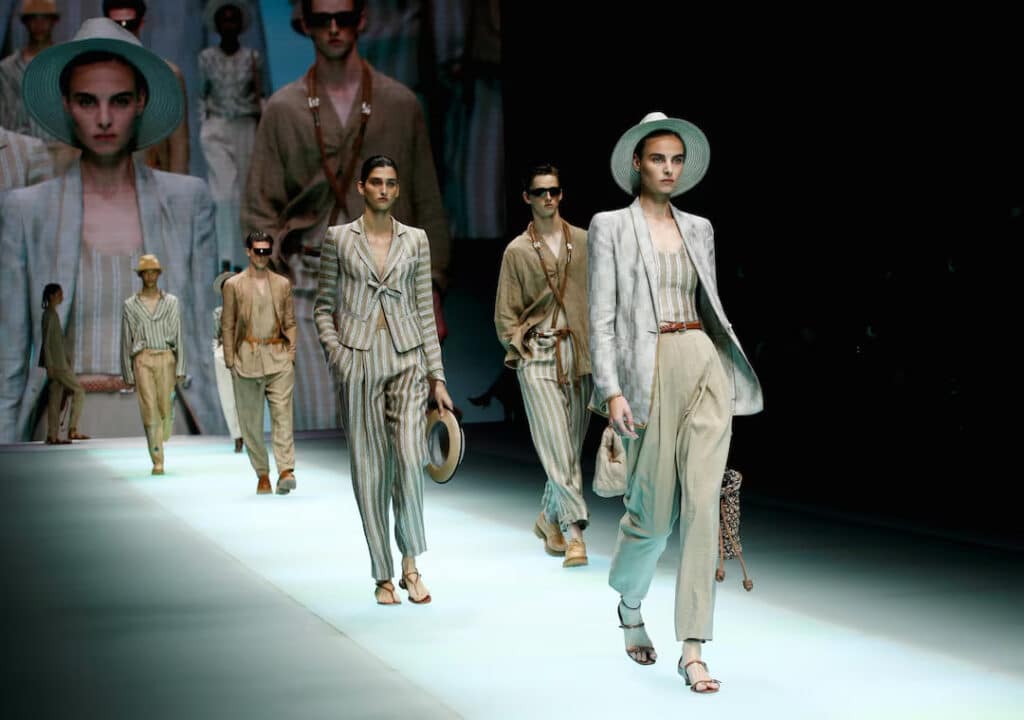
2020s: Sustainability, Digital Innovation And Cultural Honors
- In 2020 Armani received the «Fashion Dresses Peace» award for inclusion and anti‑racism efforts, while its factories were repurposed to produce medical gowns and €2 m donated to Italian hospitals during the COVID‑19 crisis.
- In 2022 Armani won the Visionary Award at the Sustainable Fashion Awards and launched agro‑ecological cotton initiatives.
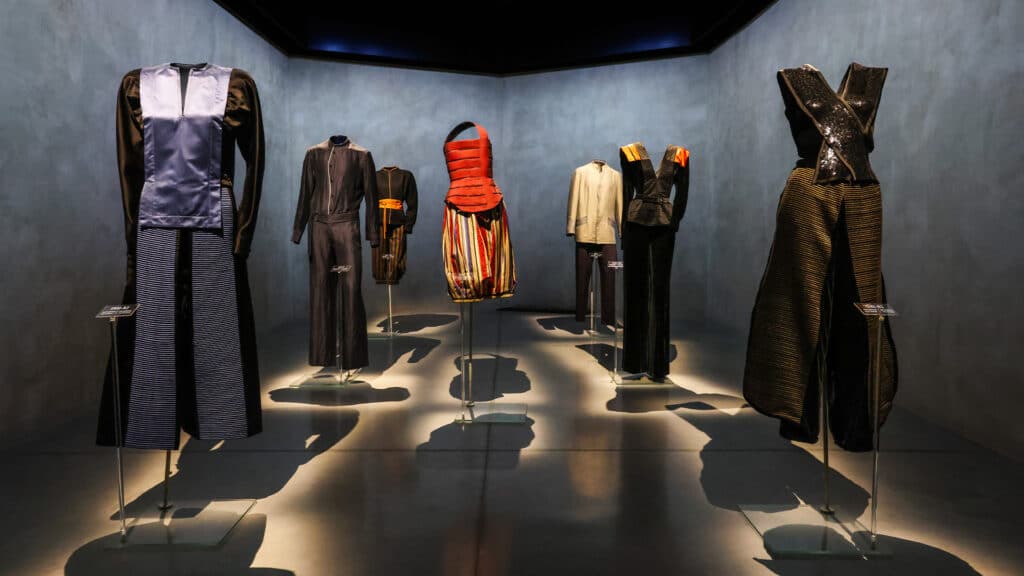
This year also marks two additional milestones: the 20th anniversary of Armani Privé, his couture label, and the 10th anniversary of Armani/Silos, the Milan-based exhibition space dedicated to showcasing his legacy. These commemorations offer a rare chance to view the more expressive side of Armani’s work, especially through the lens of haute couture, which he describes as «more precious, lighter, even playful.»
Looking Ahead While Remaining True to Form
While trends come and go, Armani’s unwavering focus on refined simplicity has helped him remain relevant in an ever-changing industry. Alongside other legendary designers such as Rei Kawakubo, Paul Smith and Ralph Lauren, Armani stands out for his adherence to a clearly defined aesthetic, honed over decades rather than dictated by seasons.
He insists that his most famous mantra needs no update: «Timelessness is one of the greatest achievements in fashion, but also one of the hardest.» For Armani, it is the wearer who brings meaning to the garment, not the other way around.

